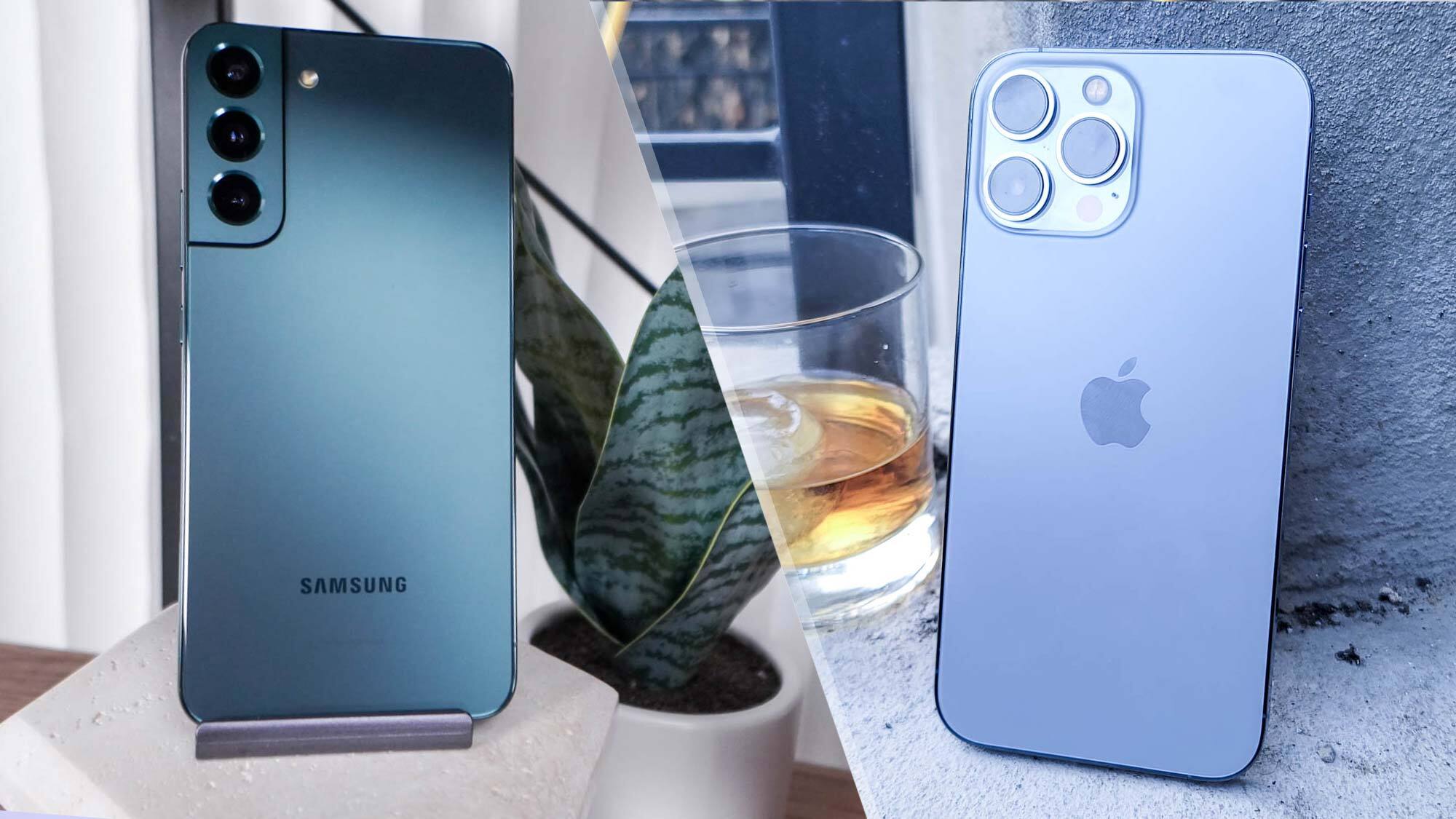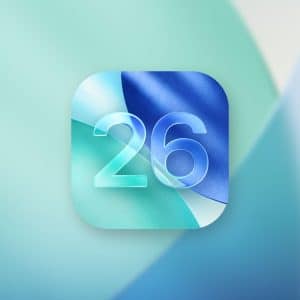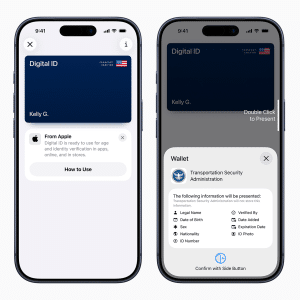A new update is making file sharing between Android and iPhone devices noticeably simpler. The improvement arrives through Google’s updated Nearby Share system, which now supports more direct exchanges with iOS devices using a compatible web-based interface. While this marks one of the smoothest cross-platform sharing experiences the two ecosystems have offered, there is a practical limitation that shapes how the feature works.
Users on both platforms can initiate transfers without installing additional apps, relying instead on a browser-based workflow that recognizes nearby devices. Files sent from Android can be received by an iPhone by approving the transfer through the Safari interface, and vice versa. The process is designed to mimic the feel of native wireless sharing, avoiding the need for email attachments, messaging apps or cloud uploads for quick exchanges.
The Catch: A Browser Requirement on iPhone
The system works seamlessly on Android, where Nearby Share is integrated into the operating system. On the iPhone side, however, the feature depends entirely on accessing a specific website in Safari. That page must remain open and active for the transfer to proceed, and the browser session cannot be minimized or locked. This requirement limits the experience compared to AirDrop or system-level sharing tools, though the workflow still removes several previous barriers between the platforms.
Because the iPhone implementation runs through the browser rather than native APIs, performance is also tied to the stability of the local connection and the device’s background activity policies. Larger transfers may require the user to keep the phone awake during the exchange. Still, for smaller files and quick tasks, the setup represents a step forward for users moving across platforms.

A Growing Shift Toward Cross-Platform Interoperability
The update reflects a broader trend in the industry toward improving compatibility across ecosystems that have historically remained independent. With the line between Android and iOS users growing more fluid — especially in settings where work and personal devices differ — seamless file transfer is becoming more of a necessity. Google and Apple have not introduced joint standards for native file sharing, but web-based systems offer a practical middle ground for now.
The approach also signals how developers are working around platform restrictions to provide basic interoperability without waiting for deeper OS-level changes. For users who frequently switch between devices or collaborate across ecosystems, the new method offers more convenience even with its limitations.
Despite the catch on the iPhone side, the system’s availability marks a functional cross-platform solution. It requires no accounts, no cloud uploads and no additional software. The simplicity of the interface may encourage broader adoption, especially in regions or workplaces where Android and iOS coexist.
Further refinements may emerge as both companies expand their support for open connectivity standards or introduce updated browser capabilities that allow more persistent interactions. Until then, this hybrid approach delivers a workable bridge for users who need fast transfers between Android and iPhone without relying on external services.








